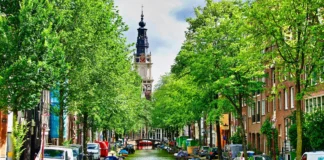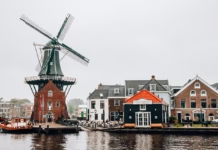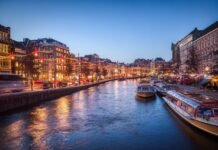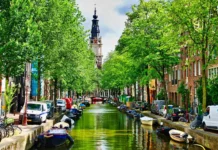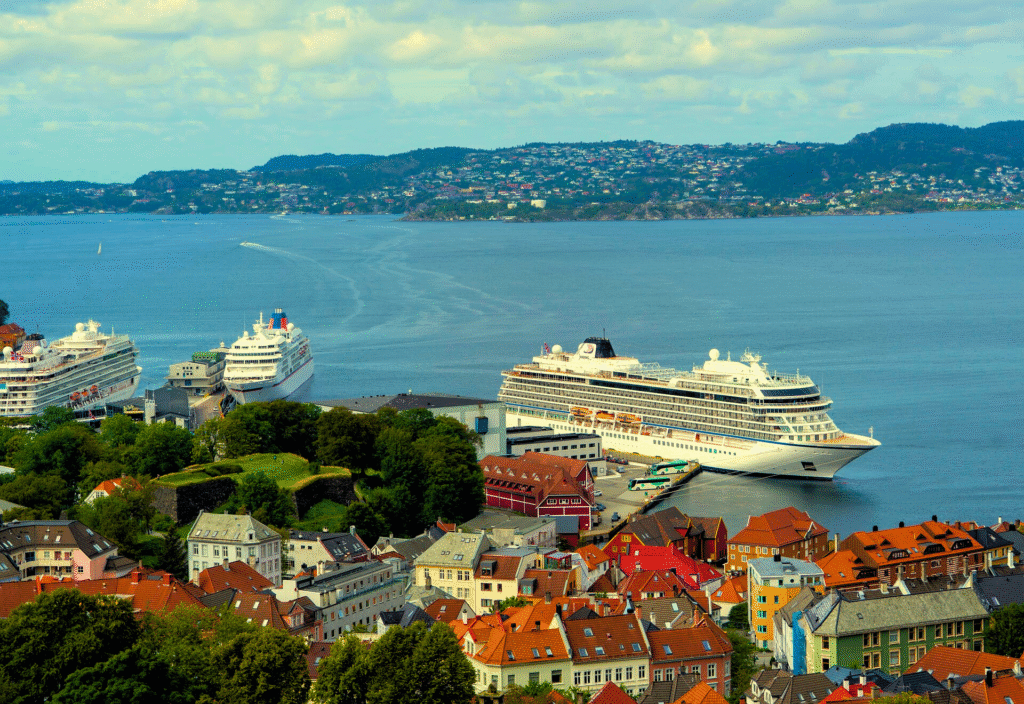
You know that feeling when your favorite hidden gem restaurant suddenly gets discovered, and now you need a reservation three weeks in advance? Well, Norway is having that exact moment – except instead of a cozy bistro, we’re talking about an entire country’s breathtaking fjords, northern lights, and picture-perfect coastal towns.
The Norwegian government just announced they’re rolling out a 3% tourist tax starting summer 2026, and honestly? It’s about time. Before you start mentally calculating how much extra your dream Nordic cruise will cost, let’s talk about why this move is actually pretty brilliant.
When Your Country Becomes Too Popular for Its Own Good
Here’s a fun fact that might blow your mind: in 2024, Norway welcomed nearly 6 million cruise passengers. Six million! That’s more people than live in the entire country of Denmark. Add to that a record-smashing 12.4 million foreign overnight visitors – a 12% jump from the previous year – and you’ve got yourself a beautiful problem.
Cecilie Myrseth, Norway’s Minister of Trade and Industry, put it perfectly when she told NRK (Norway’s BBC equivalent): “It’s not the case that we have year-round tourism throughout the country, but in some places, there are parts of the year that are particularly demanding, and the expenses that the residents have to pay for are particularly high.”
Translation? Some Norwegian towns are getting absolutely swamped during peak season, and the locals are footing the bill for infrastructure that’s being hammered by millions of visitors.
The Cruise Ship Invasion (Said with Love)
Let’s zoom in on what’s really happening here. Bergen, that postcard-perfect city with the colorful wooden houses, saw nearly 600,000 cruise visitors dock last year. Ålesund, with its fairy-tale Art Nouveau architecture, welcomed over 650,000 cruise passengers.
To put this in perspective: Bergen’s entire population is about 280,000 people. Imagine your hometown getting more than double its population in tourists every single year, all wanting to walk the same cobblestone streets, visit the same viewpoints, and use the same facilities.
Bergen already had to become the bouncer of cruise destinations, limiting ships to four per day with a maximum of 8,000 passengers. It’s like when your favorite beach town finally says, “Okay, we need to control this madness.”
What This Actually Means for Your Travel Plans
Starting summer 2026, if you’re staying overnight anywhere in Norway or taking a cruise there, you’ll pay an extra 3% on top of your accommodation costs. Cruise passengers will pay this whether they’re sleeping on shore or just stopping by for a few hours to snap some fjord photos.
But here’s the kicker – and why this tax is actually genius – every single penny goes straight back into making your visit better. We’re talking about:
- Maintaining those Insta-worthy hiking trails so they don’t turn into muddy disaster zones
- Building more parking (because nobody wants to spend their vacation driving in circles)
- Adding public restrooms (trust me, you’ll thank them when nature calls during a 6-hour fjord hike)
- General infrastructure improvements that benefit everyone
It’s like a small cover charge that goes directly toward keeping the venue awesome.
The Smart Local Approach
Here’s what I love about this policy: it’s not a blanket “everyone pays everywhere” situation. Local municipalities get to decide if they actually need the tax based on their tourism pressure.
So while hotspots like the Lofoten Islands (those dramatic peaks rising straight out of the sea) and Geirangerfjord (arguably one of the world’s most beautiful fjords) will likely implement it, quieter areas might skip it entirely. It’s tourism policy that actually makes sense.
Following Europe’s Lead (But Doing It Better)
Norway isn’t pioneering anything revolutionary here – they’re just joining the club of European destinations that figured out sustainable tourism requires, well, sustainable funding.
Venice charges day-trippers €5 (or €10 if you forget to book ahead – oops!). The Balearic Islands hit cruise guests with up to €6 per day through their “eco-tax.” Barcelona charges nearly €8 per cruise passenger. Even Amsterdam has been experimenting with tourist taxes for years.
What makes Norway’s approach smart is the flexibility and the transparency about where the money goes.
The Real Talk About Tourism Economics
Tourism is Norway’s golden goose, but golden geese need proper care. The industry brings in massive revenue, but it also creates real challenges: overcrowded attractions, strained infrastructure, environmental wear and tear, and rising costs for locals who suddenly find their hometown turned into a theme park during peak season.
This 3% tax is essentially Norway saying, “We love having you visit, but let’s make sure we can keep these places amazing for everyone – including the people who live here year-round.”
Why This Is Actually Good News for Travelers
I know, I know – nobody likes paying more for anything. But think about it this way: would you rather pay 3% more for a well-maintained, uncrowded experience, or save that money and deal with overcrowded trails, insufficient facilities, and grumpy locals who are fed up with overtourism?
The tax revenue will fund improvements that make Norway an even better destination. Better trails, better facilities, better infrastructure – and hopefully, better relationships between visitors and locals.
The Bottom Line
Norway’s 3% tourist tax isn’t about discouraging tourism or punishing travelers. It’s about finding that sweet spot where one of the world’s most beautiful countries can remain beautiful while still welcoming millions of visitors who want to experience its magic. Think of it as a small investment in keeping Norway Norwegian – wild, pristine, and absolutely worth every penny you’ll spend getting there. Because let’s be honest: after you’ve seen the Northern Lights dance over a fjord or hiked through the midnight sun in the Lofoten Islands, you’ll probably agree that 3% extra is a pretty small price to pay for preserving paradise.








